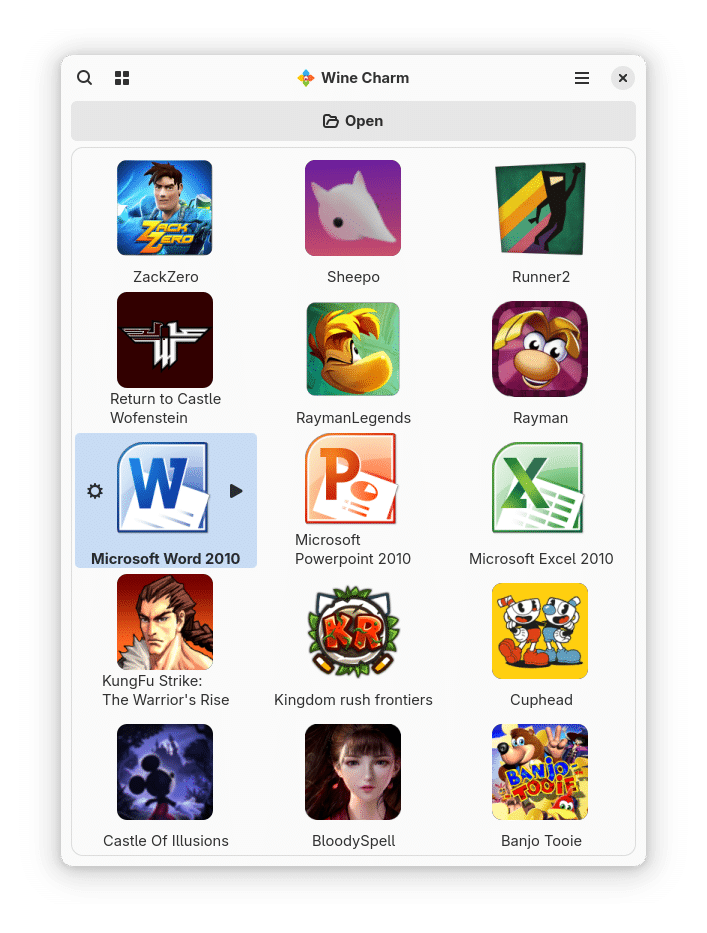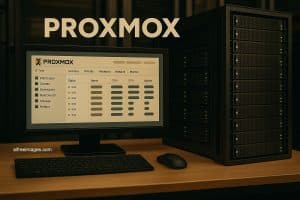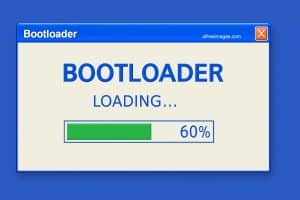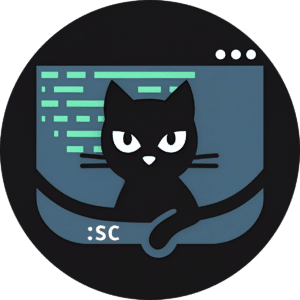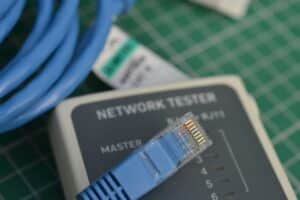A modern and powerful tool to run and manage Windows applications on Linux with ease
Running Windows software on Linux has long been a task for advanced users, often requiring deep familiarity with the command line and WINE, the well-known compatibility layer. However, WineCharm is set to change that. This open-source graphical tool provides a modern, clean, and functional interface that simplifies the entire process—without compromising the power and flexibility of WINE.
Built with Python, GTK4, and Libadwaita, WineCharm integrates beautifully with Linux desktop environments like GNOME, offering an elegant user experience. In just a few months, it has positioned itself as one of the most complete and user-friendly options for running Windows software on Linux, whether for gaming, business, or development purposes.
What is WineCharm?
WineCharm is much more than a GUI for WINE. It is a full-fledged environment for managing Windows apps and environments under Linux, with features like multi-prefix management, automation scripts, portable backups, and even headless execution.
Typical use cases include:
- Running Windows-only games on Linux.
- Supporting legacy enterprise software.
- Deploying controlled software environments in labs or classrooms.
Key Features
- Graphical and terminal-based modes available.
- Prefix management: create, clone, restore, and delete isolated WINE environments.
- Custom runners: use system WINE or downloadable, user-defined versions.
- Automation with
.charmscripts to configure environments or launch apps hands-free. - Backup support with
.prefix,.bottle, and.wztformats for import/export and sharing. - Desktop integration: create launchers and app entries for a native experience.
Users can choose a single-prefix mode (ideal for systems with limited storage or shared configurations) or opt for fully isolated prefixes for individual applications.
Installation Methods
WineCharm supports two main installation methods:
1. Flatpak (recommended)
This is the simplest and most portable method, ideal for most users:
flatpak remote-add --if-not-exists flathub https://flathub.org/repo/flathub.flatpakrepo
flatpak install flathub io.github.fastrizwaan.WineCharm
flatpak run io.github.fastrizwaan.WineCharm
2. Source installation (for developers)
Ideal for those who want to modify or control the source code:
git clone https://github.com/fastrizwaan/WineCharm
cd WineCharm
pip install .
System Requirements
System-level requirements:
- wine, wine32 and wine64
- winetricks
- icotool, exiftool, wrestool (for icons and metadata)
- xdg-open, pgrep, procps (helper tools)
- wget, zstd (for downloads and compression)
- Compatible terminal: gnome-terminal, konsole, xfce4-terminal, etc.
Python requirements:
- Python ≥ 3.6
- PyGObject ≥ 3.36
- PyYAML ≥ 5.3
- psutil ≥ 5.7
Automation with .charm Scripts
WineCharm supports automation through .charm scripts, enabling advanced users or system administrators to set up complex environments or application workflows without user input.
A .charm script can:
- Install and configure a game or app automatically.
- Apply patches or runtime tweaks.
- Generate desktop shortcuts with custom icons.
- Deploy ready-to-use environments for labs or clients.
Backup and Portability
One of WineCharm’s standout features is its ability to create and restore portable WINE environments using .bottle, .prefix, or .wzt files. These can be transferred across systems, making it ideal for sharing configurations or replicating production setups.
The tool also supports reusable templates for win32 and win64 architectures, streamlining the setup of new prefixes.
Data Storage and Integration
Depending on how WineCharm is installed, data is stored in:
- Flatpak:
~/.var/app/io.github.fastrizwaan.WineCharm/data/winecharm/ - Manual install:
~/.winecharm/or similar in the home directory
These folders contain your prefixes, templates, runners, and the main Settings.yaml configuration file.
Licensing and Development
WineCharm is released under the GNU General Public License v3+, ensuring full freedom to use, modify, and redistribute it. The project is actively developed by fastrizwaan and is hosted on GitHub, where users and contributors can collaborate.
Conclusion
WineCharm delivers a substantial leap forward for those looking to run Windows software on Linux. Its combination of graphical usability, powerful scripting, portable backups, and Flatpak support make it a compelling choice for users of all skill levels.
Whether you’re trying to launch an old legacy app or deploy complex gaming setups, WineCharm offers a professional, customizable, and open solution. It’s well on its way to becoming the go-to WINE manager for mixed-OS environments.

